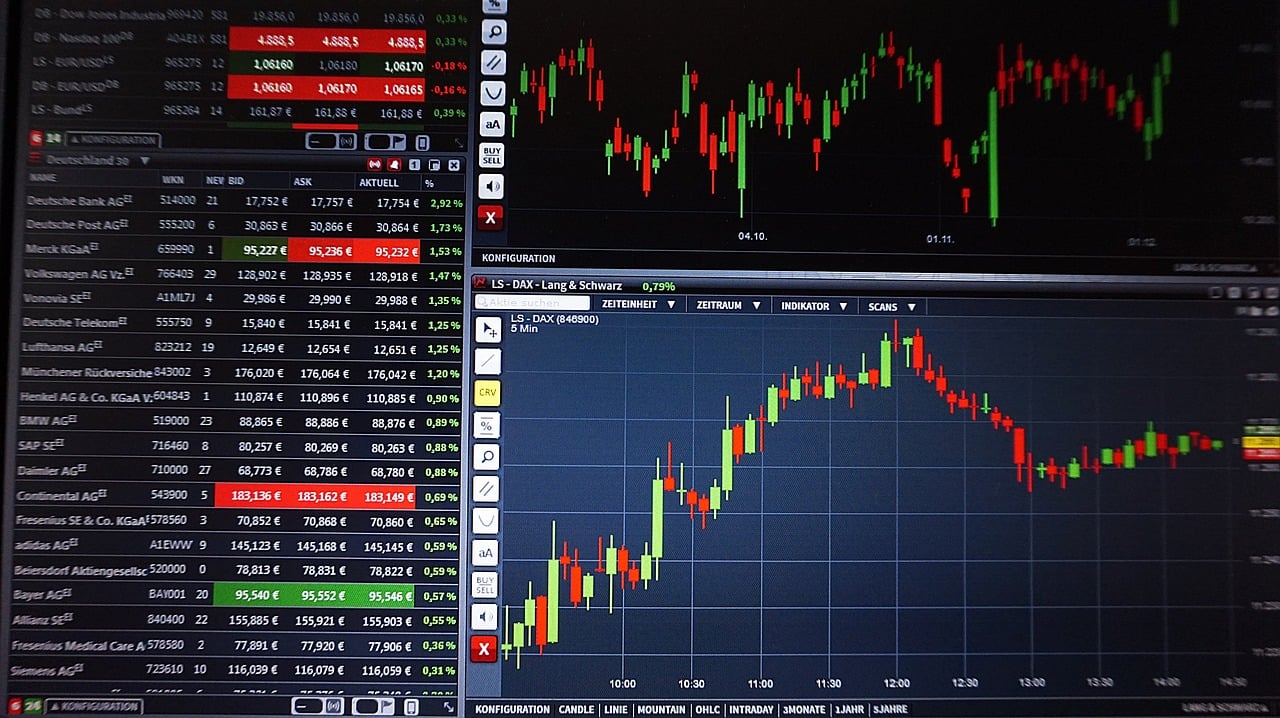Foreign exchange (Forex, FX or currency) is a very simple process for the average consumer changing one currency to another, but for those who want to try to turn a profit through Forex trading, things get quite a bit more complicated. It requires staying on top of which currencies are shifting higher (appreciating) and which are moving lower (depreciating). News and educational outlets like FXexplained can make it easy to stay on top of the news, but following the news isn’t enough if you want to turn a profit in this arena.
The Bank for International Settlements estimates that on average, $5.1 trillion in Forex trading occurs every day. Forex trading is done electronically around the clock, five and a half days each week in the world’s major financial centers. For example, when the trading day wraps up in London, trading continues in New York. When New York’s FX market shuts down for the day, Hong Kong and Tokyo picks up.
[REITs]Q1 hedge fund letters, conference, scoops etc
Forex traders move currencies in three markets: the spot market, the futures market and the forwards market. The spot market is the biggest of the three because the other two markets are essentially based upon it. The futures market was once favored by traders, but that has changed with the implementation of electronic trading and growth in the number of Forex brokers. These two trends have boosted the spot market for currencies dramatically. Funds and firms looking to hedge their currency risks to specific dates tend to prefer the futures and forwards markets.
The spot market is where the real action is, because it is where currencies are actually exchanged at their current prices. Several factors may boost or weigh on the world’s currencies. Other than basics like supply and demand, currency exchange rates can change based on political concerns and sentiment, a nation’s economic outlook, interest rates and more.
Currencies always trade in pairs because traders are exchanging one currency for another. For example, the GBP-USD price tells you how many U.S. dollars it will take to buy one British pound. Currency pairs tend to move 50 to 100 points or “pips” per day, although the movement may be less depending on what is happening in the markets. The amount of profit earned on a particular trade is measured in pips. For most currency pairs, a pip is the fourth decimal place in the pair.
It must be noted that Forex trading carries a great deal of risk, often more risk than trading other kinds of assets. A demo-trading account with a Forex broker can give you some hands-on experience without actually risking any of your money while you learn. For further reading, get ahead of the game with these trading tips.





